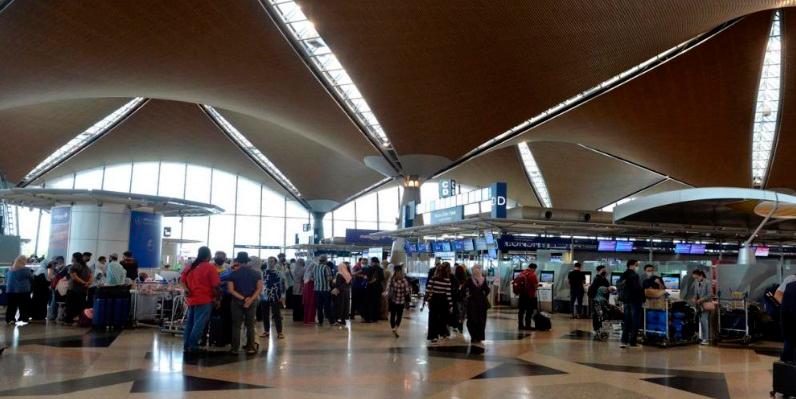KUALA LUMPUR: Malaysia Airports Holdings Bhd (MAHB) will be able to collect higher revenue overall through higher passenger service charges (PSC) and new PSC for transfer passengers, incremental aircraft landing and parking charges and potentially post stronger earnings.
In a note today, Hong Leong Investment Bank Bhd (HLIB) said it is positive on the revisions for the First Regulatory Period announced by the Malaysian Aviation Commission (Mavcom) as they will improve MAHB’s cash flow and allow for higher capital expenditure spending.
However, HLIB said while there will be a slight increase to Kuala Lumpur International Airport Terminal 2’s and other airports’ Asean PSC to RM50 (from RM35), the investment bank does not expect a material impact on air travel demand for Capital A Bhd.
“The relatively higher increase for Terminal 1’s Asean PSC to RM73 (from RM35) may provide a stronger competitive advantage to Capital A.
“On the other hand, Beyond Asean PSC at RM50 (from RM73) will not change AirAsia X Bhd’s competitiveness, given that the airline has been collecting RM50 for PSC all this while,” it said.
HLIB believes that MAHB will continue to leverage the anticipated recovery of air travel demand in financial years 2024 to 2025 (FY24 to FY25) and the finalisation of the operating agreement and regulated asset base structure in strengthening MAHB’s commitment towards airport developments in Malaysia.
Meanwhile, RHB Research has lowered its earnings forecast for MAHB for FY24-26 by 1-8%, following the revisions to the aviation services charges (ASC).
The introduction of transfer PSC and higher parking and landing charges are broadly offset by the reduction in PSC of other categories – particularly International PSC in other airports, it said in a note.
Through a loss capitalising mechanism, MAHB will have the opportunity to recover 90% of any regulatory losses incurred during the loss/gain accumulation phase over up to 10 years, commencing in the first year of the loss recovery/payback phase.
“We view this development positively as this would allow MAHB to pursue necessary investments, services enhancements and airport development efforts,” it said.
The key risks for MAHB include higher-than-expected operating expenditure, lower-than-expected passenger volumes and ASC as well as regulatory changes. – Bernama










